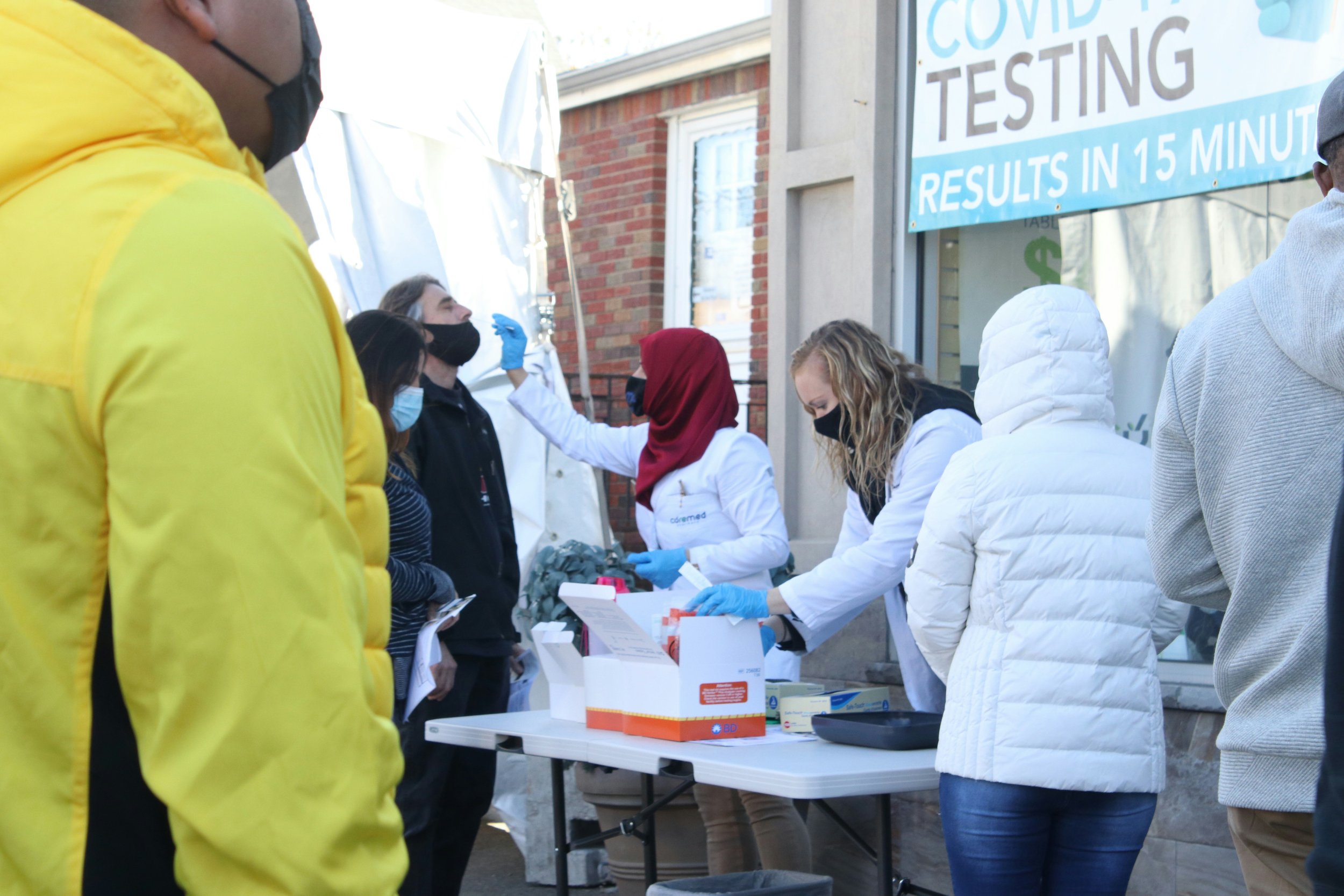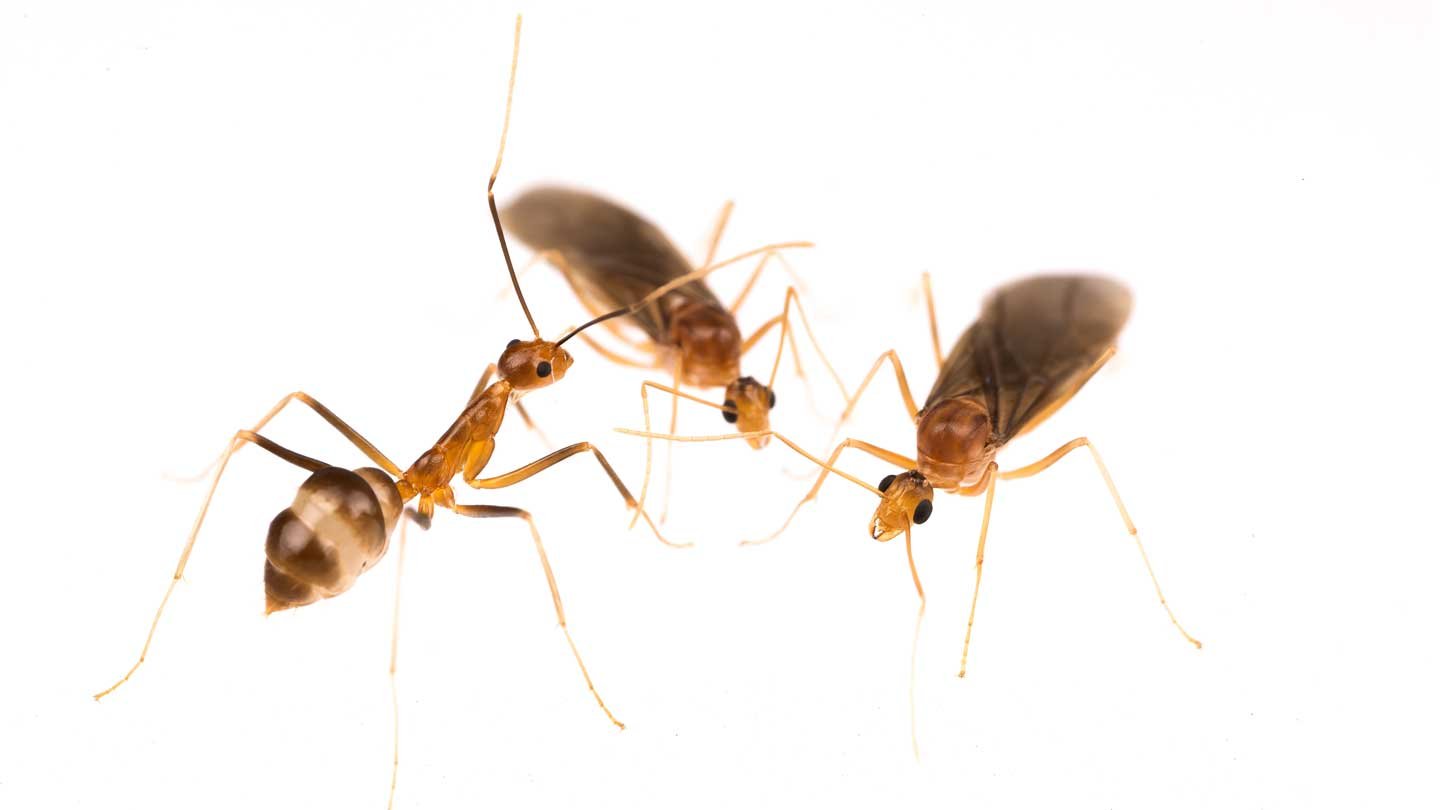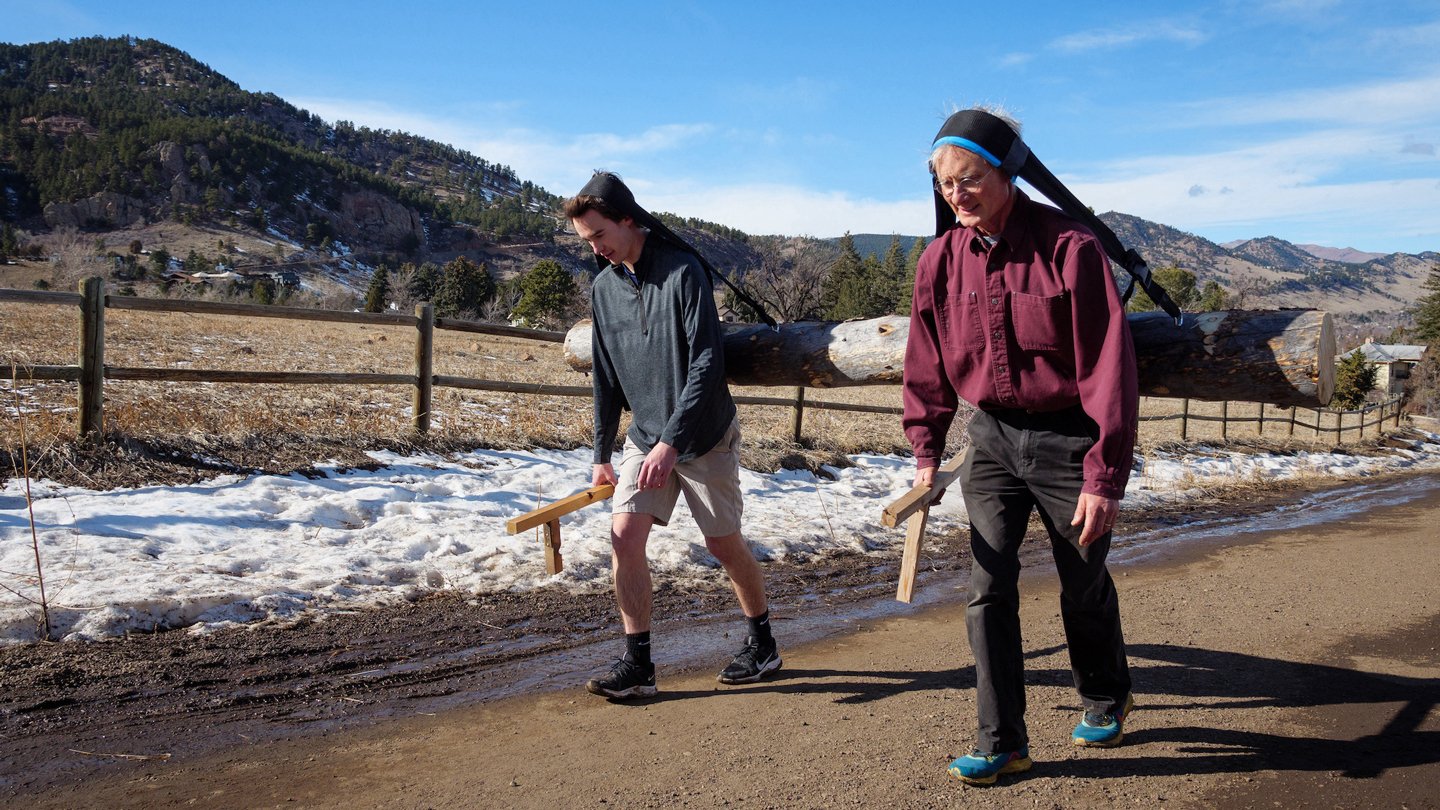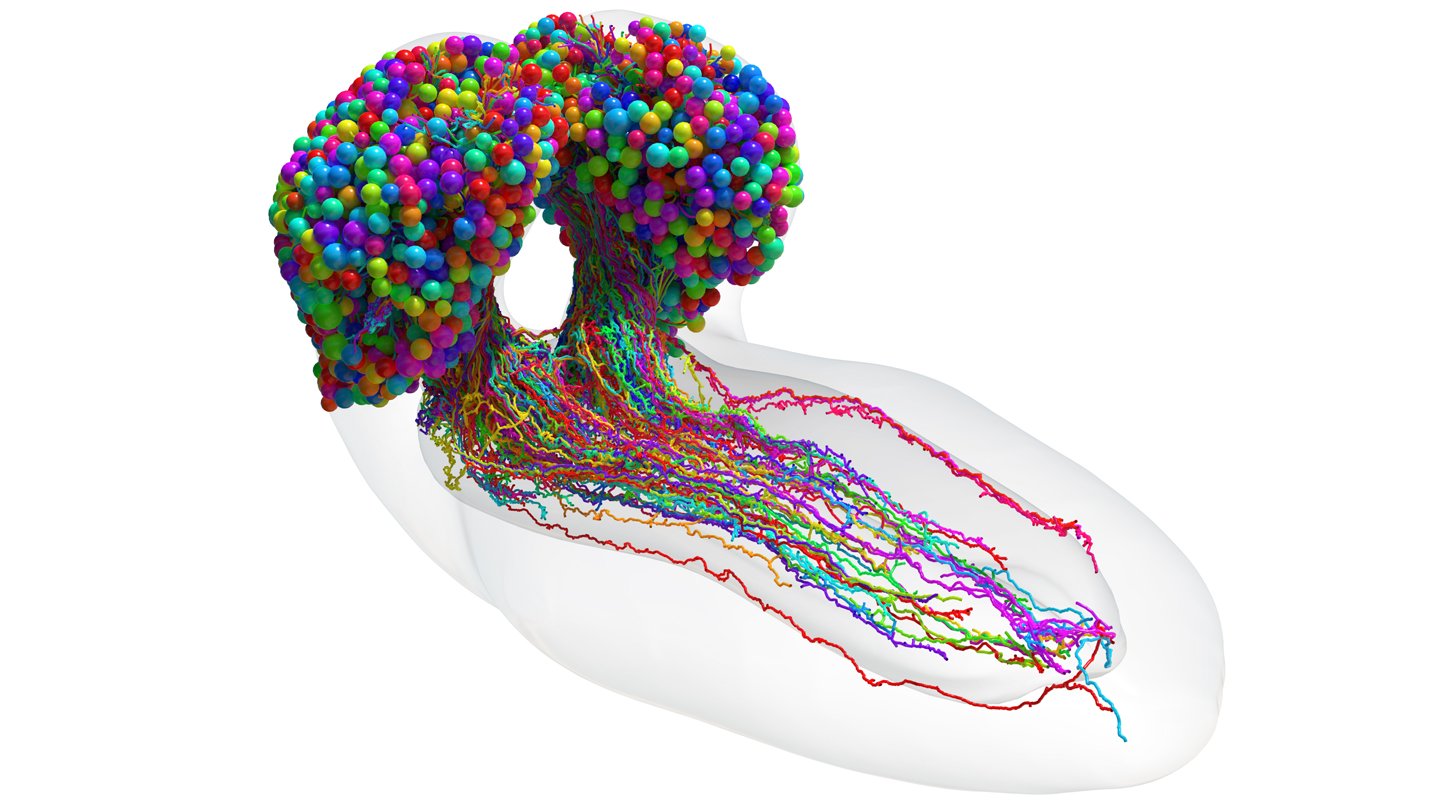A device spots and counts honeybees hosting a dangerous parasite
The Varroa mites are a leading cause of death for U.S. and European honeybees
19th century painters may have primed their canvases with beer-brewing leftovers
Brewer’s yeast proteins turned up in several works by two of Denmark’s most famous artists
Research on exoplanets took top award at 2023 Regeneron ISEF
Students shared nearly $9 million in prizes at this annual international competition
New patch might replace some finger-prick testing of blood sugar
Teen’s color-changing device tests glucose in sweat to signal when insulin is needed
Hand dryers can infect clean hands with bathroom germs
In tests, the hot-air machines spread far more microbes than paper towels
WHO declares an end to the global COVID-19 public health emergency
It marks a shift to long-term measures to handle the coronavirus
The U.S. COVID-19 public health emergency is ending. What does that mean?
Set to expire May 11, the declaration made tests, vaccines and treatments free to the public
Ultrasound allows a chemotherapy drug to enter the human brain
An early-stage clinical trial shows promise for people with a treatment-resistant brain cancer
Pets and people bonded during the pandemic. But owners were still stressed and lonely
While pets provide companionship, they also add extra responsibilities
Native language might shape musical ability
A global study offers another peek at how language influences cognition
A prehistoric method for tailoring clothes may be written in bone
A punctured bone fragment predates eyed needles in Western Europe by about 15,000 years
The Smithsonian’s ‘Lights Out’ inspires visitors to save the fading night sky
The exhibition explores the harms of light pollution and how to reduce them
Invasive yellow crazy ants create male ‘chimeras’ to reproduce
This unusual reproduction method may help these ants rapidly spread
These transparent fish turn rainbow with white light. Now, we know why
Light gets diffracted by repeated structures in the ghost catfish’s muscles
Two scientists’ trek showed how people of Chaco Canyon may have hauled logs
The researchers literally put their heads together to solve this transportation mystery
Scientists have mapped an insect brain in greater detail than ever before
Charting a larval fruit fly’s nerve cells and their connections took 12 years
The Yamnaya may have been the world’s earliest known horseback riders
Excavated human skeletons indicate that the Yamnaya rode horses around 5,000 years ago

















